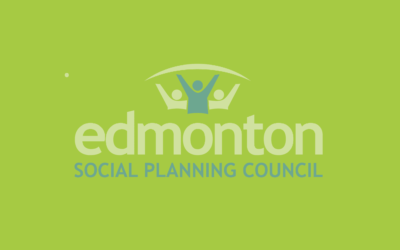Book edited by Paul Born, Tamarack Institute for Community Engagement. BPS Books, 2008.
The percentage of Canadians living on low incomes fell from 29 to 13 percent between 1961 and 1977, but has not substantially decreased in the last three decades. At the core of the Vibrant Communities mindset is the realization that poverty reduction is the means to improve overall quality of life in a community.
Rather than focusing on supports for those living in poverty, the founders envisioned communities in which it would be impossible for poverty to exist. The basic themes of the Vibrant Communities approach are:
Poverty reduction
Comprehensive thinking and action
Multi-sector collaboration
Community asset building
Community learning and change (rather than short-term intervention)
Vibrant Communities began as Opportunities 2000 in Waterloo, Ontario. As a four year initiative involving eighty-six community organizations in forty-seven poverty reduction projects, Opportunities 2000 ultimately helped 1600 families. This book includes two background papers on the driving forces behind Vibrant Communities, as well as ten case studies of communities across Canada – including Edmonton – that have followed this path.
Vibrant Communities Edmonton has developed a strategy focused on three areas: workforce development, family economic support, and community investment. The Job Bus was designed to provide transportation to work so that employees could find and keep jobs. The Make Tax Time Pay campaign sought to make low-income families aware of services available from the Alberta Child Health Benefit. The Home Program was created to help low-income individuals overcome the obstacles in their path to being homeowners.
The British Columbia Capital Region Quality of Life Challenge focuses on sustainable incomes, affordable housing, and community connections. As part of the Employer Challenge, HR Options for Action educates employers about ways they can improve the lives of their low-income workers. Mentors help those moving towards sustainable incomes make good choices through the Mentorship Challenge. Collaboration between many organizations established the Regional Housing Trust Fund to address housing affordability and availability.
In the Niagara Region, Opportunities Niagara offers services such as brokering and coordination, social marketing, technical assistance and coaching, and improved access to resources, while facilitating collaboration between community organizations. Target areas in this region include adequate employment, affordable housing, and accessible transportation.
In New Brunswick, Vibrant Communities St. John is examining low-income neighbourhoods and targeting the issues that make it difficult for residents of these areas to move out of poverty. VCSJ has focused on children and youth, providing early childhood development opportunities for low-income families. Other targeted areas are education for employment, safe and affordable housing, and neighbourhood change. VCSJ recently received five-year program funding from the municipal government for the neighbourhoods they have prioritized.
Vivre Saint-Michel en Santé is focusing on social exclusion and poverty in this east-end Montréal neighbourhood. They continue to work for more affordable housing and lobby for better access to services in the areas of culture, sports, recreation and commerce. In collaboration with the Cirque du Soleil and the local school board a program for promoting arts and culture among youth has been established. As part of an effort to train residents for employment in local businesses, a development worker is visiting local employers to match up needs with resources.
This book is useful for anyone interested in community development; those interested specifically in poverty reduction strategies; fans of Vibrant Communities Canada. Visit tamarackcommunity[dot]ca or vibrantedmonton[dot]ca.
Review by Jennifer Hoyer



